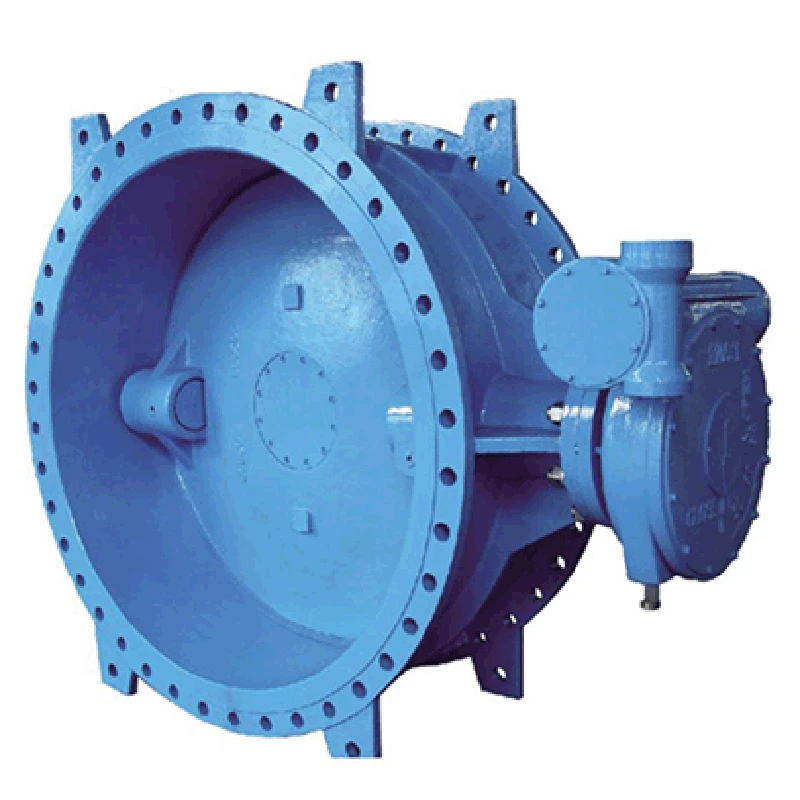ਦਸੰ. . 13, 2024 05:00 Back to list
y strainer filter
The Importance of Y Strainer Filters in Fluid Systems
In industrial processes, fluid management is crucial to ensuring efficiency, safety, and longevity of equipment. One component that plays a vital role in this aspect is the Y strainer filter. This device serves as a critical line of defense against impurities in pipelines, enhancing the overall reliability of fluid handling systems.
What is a Y Strainer?
A Y strainer is essentially a type of filter used to remove unwanted particles from liquids and gases in various fluid processing systems. It gets its name from its distinctive shape, resembling the letter Y. Typically made from materials such as stainless steel, bronze, or plastic, Y strainers are designed to fit into a pipeline at an angle, enabling them to effectively filter out debris without significantly blocking flow.
How it Works
The primary function of a Y strainer is to protect downstream equipment, such as pumps, valves, and heat exchangers, from damage caused by contaminants. When a fluid flows through the strainer, larger particles accumulate on the mesh or perforated screen within the body of the strainer. As a result, only clean fluid moves past the filter into the rest of the system. When the screen becomes clogged, maintenance personnel can easily remove the strainer for cleaning or replacement without needing to shut down the entire system.
Applications of Y Strainers
Y strainers are versatile devices used across multiple industries, including water treatment, oil and gas, pharmaceuticals, and food processing. They are essential in applications like irrigation systems, fire protection systems, and HVAC equipment. Given their adaptability, Y strainers can be found in various sizes and configurations to suit different pipeline diameters and flow requirements.
y strainer filter

In the water treatment industry, for example, Y strainers help remove sand, silt, and other particulate matter from the water before it moves to treatment facilities, thus prolonging the life of pumps and filtration systems. Similarly, in the oil and gas sector, they protect sensitive equipment from abrasive particles that can cause severe wear over time.
Benefits of Using Y Strainers
1. Protection from Damage By filtering out debris, Y strainers significantly reduce the risk of damage to vital equipment, ultimately extending its lifespan. 2. Cost-Effective Maintenance Regular cleaning and maintenance of the strainer can prevent costly repairs and downtime associated with equipment failure. 3. Enhanced Operational Efficiency Cleaner fluid leads to better performance of machinery, as it operates more efficiently when free of impurities. 4. Customizable Options Y strainers can be tailored to meet the specific requirements of different processes, with various mesh sizes and materials available.
Choosing the Right Y Strainer
Selecting the appropriate Y strainer for a given application involves considering several factors. First and foremost is the type of fluid being filtered. The strainer material must be compatible with the fluid to prevent corrosion and degradation. Additionally, it is important to consider flow rate and pressure requirements, which dictate the size and type of strainer needed.
Mesh size is another crucial consideration. A finer mesh will capture smaller particles but may also lead to more frequent clogging, necessitating more regular maintenance. Conversely, a coarser mesh will allow for greater flow but might not filter out smaller debris effectively.
Conclusion
Y strainer filters play an indispensable role in maintaining the efficiency and safety of fluid systems. By preventing contaminants from entering critical equipment, they provide a cost-effective solution for preserving the integrity of industrial processes. Whether in water treatment, manufacturing, or any process that involves fluid transportation, the strategic deployment of Y strainers can lead to enhanced operational reliability and reduced maintenance costs. As industries evolve and embrace new technologies, the significance of effective filtration solutions like Y strainers will only continue to grow.
Share
-
Reliable Wafer Type Butterfly Valves for Every IndustryNewsJul.25,2025
-
Reliable Flow Control Begins with the Right Ball Check ValveNewsJul.25,2025
-
Precision Flow Control Starts with Quality ValvesNewsJul.25,2025
-
Industrial Flow Control ReliabilityNewsJul.25,2025
-
Engineered for Efficiency Gate Valves That Power Industrial PerformanceNewsJul.25,2025
-
Empowering Infrastructure Through Quality ManufacturingNewsJul.25,2025